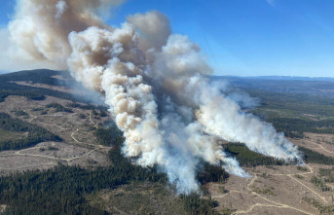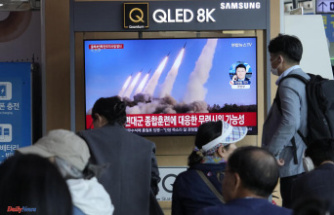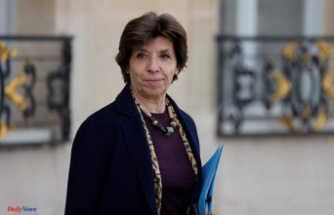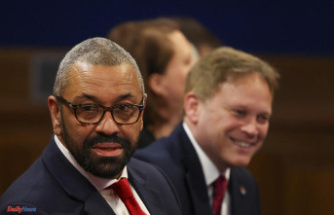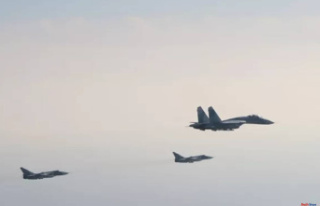In the far northeast of India, there is a region that is connected to the rest of the country by a narrow land corridor that has witnessed continuous conflicts between ethnic communities, separatist groups and small guerrillas for more than 70 years. It is one of the most unstable corners of the most populous new nation in the world. In Manipur, which borders Burma, it is estimated that more than 50,000 people have died in the ongoing conflicts that do not stop shaking this land.
This week, the army is patrolling the streets of many towns in this state. The authorities have cut the Internet connection and have ordered the police to shoot "in extreme cases" to stop ethnic clashes that have already left at least 54 dead.
News channels do not stop showing videos of roadblocks, churches, schools and government buildings burning, while soldiers evacuate thousands of people trying to seek refuge from the violence unleashed in the streets. The police alerted on Saturday that the "rioters" had assaulted the armories of some police stations and stolen weapons and ammunition.
Everything broke out last Tuesday after a protest against the request of the Manipur Supreme Court to include the Meitei community, which represents almost 50% of the population of this state where 3.6 million people live, within the system of "tribes registered" in India, which would allow its members access to greater health and education resources, as well as the possibility of applying for government jobs.
The other ethnic groups in the state, which are not officially registered, oppose the Meitei achieving a status that gives them access to benefits that are unattainable for other minority communities. India reserves some public jobs, university admissions and elected seats, from village councils to Parliament, for communities under the "scheduled tribe" category.
This week's protest was not the first because the groups have been taking to the streets since the court ruled on the matter on April 20. But on Tuesday night the demonstration sparked a spiral of violence in various parts of the state, prompting security forces to try to disperse the riots with tear gas and decree a 24-hour curfew.
Indian army sources told Reuters this weekend that troops had evacuated more than 13,500 people from different communities, sheltering them in military camps. "We are working on a war footing with army troops and paramilitaries deployed to defuse any type of community confrontation, protests and blockades," explained the local authorities.
India, an Asian giant in constant development, which aspires to be a future world power, continues to drag the retrograde caste system, which was officially abolished in 1950, but which in the social hierarchy remains intact and classifies Hindus at birth, defining their place in society, what jobs they can do and who they can marry.
This system affects 25% of the more than 1.4 billion people residing in India, grouped under Scheduled Castes (Dalits) and Scheduled Tribes (Adivasis), both of which are the most disadvantaged socioeconomic groups in the country, but the tribes are still more marginalized. Many adivasis do not even have national identity documents, necessary to access many government aid programs, health insurance or open a bank account.
According to the criteria of The Trust Project


